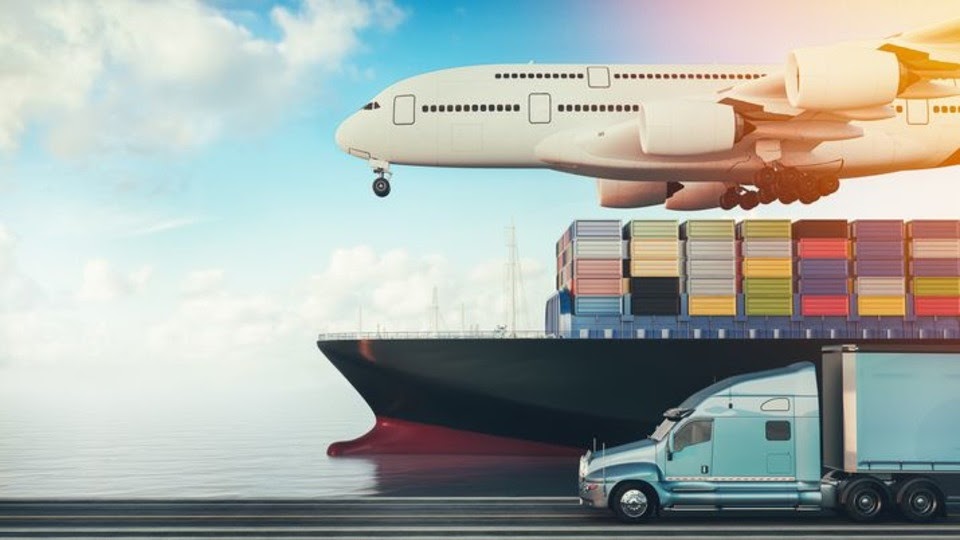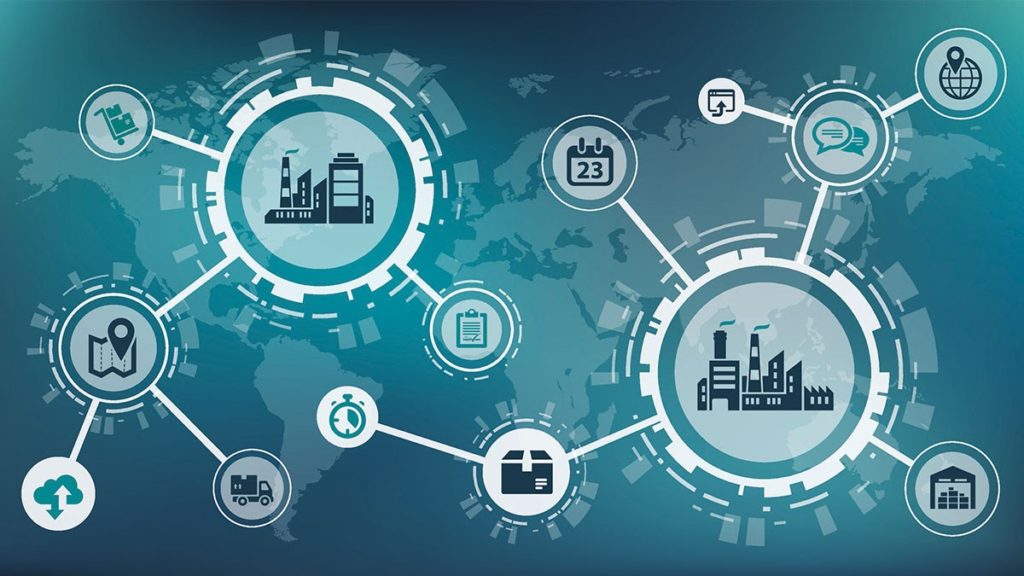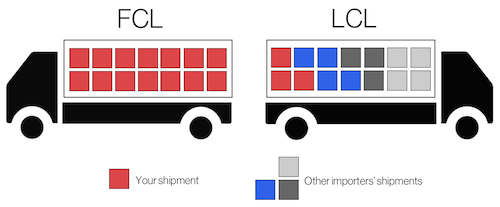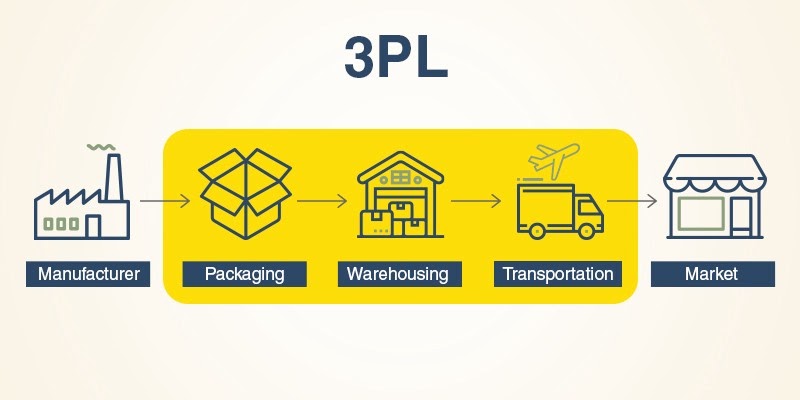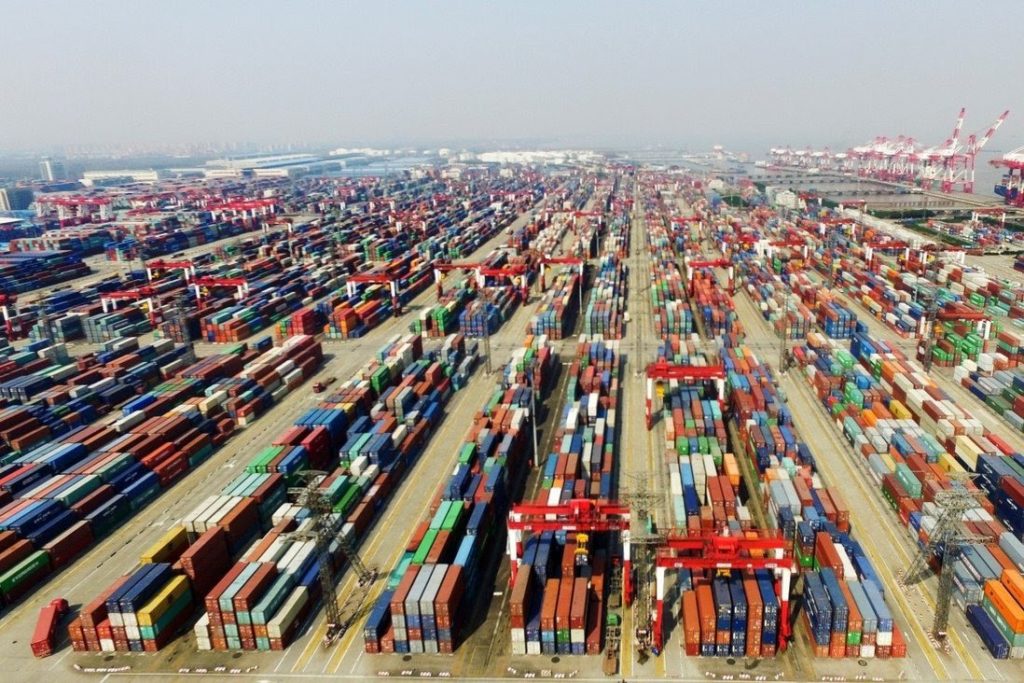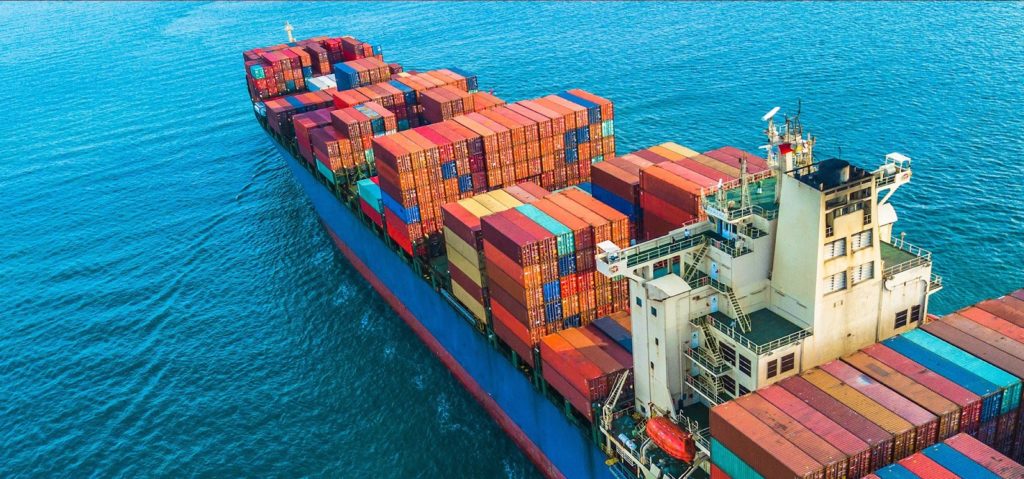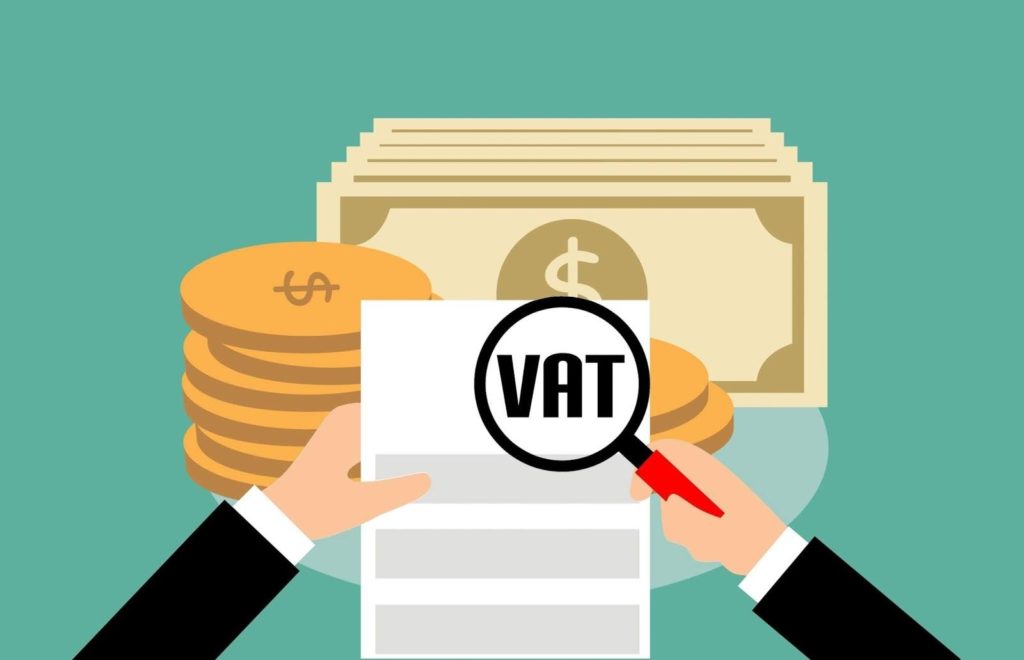Introduction
The logistics industry is one of the most complicated industries in the world. It is especially complicated and confusing when dealing with many of the logistics terms and abbreviations as they are highly specific and can be a little confusing to keep track of. Because of this, we decided to give you a quick short list of acronyms that are commonly used in the industry. By knowing these key definitions, any logistics pro is better equipped to make decisions that support your customers and your business’s bottom line.
We’ll start with a list of the most common logistics industry jargon. Then you’ll find sections for important logistics terms in transportation, 3PL and warehousing, and trade.
Quickly jump to the logistics terms and abbreviations that you wish to learn more about:
1. Supply Chain: What is Supply Chain?
A supply chain is steps between a company and its suppliers to produce and distribute a specific product or service. Steps in a supply chain include producers, vendors, warehouses, transportation companies, distribution centers, and retailers. The most generic supply chain usually begins with production of the product. After that, it is taken by a logistics provider which can act as the wholesaler. The generic supply chain begins with the sourcing and extraction of raw materials. The raw materials are then taken by a logistics provider to a supplier, which helps transport the product to a warehouse or a certain region. The product is then the distributor who wholesalers the finished products, and delivers it to the retailer. The retailer can then sell the products to the consumers where the cycle ends.
2. B/L or BOL: What is a Bill of Lading?
BOL stands for Bill of Lading. It is an essential document that is issued to a shipper when shipping goods. The document includes details about the details of the good including its contents, destination, and more. In simple terms it can be seen as a receipt for delivering a good to another port and may be used as proof of ownership to pickup or deliver. If we go into detail, there are actually 18 classes of BOL based on weight, dimensions, value and more. Special goods like hazardous shipments are required to be clearly mentioned.
3. FCL and LCL: What is Full Container Load?
FCL and LCL mean Full Container Load and Less than Container Loads respectively. A full container loads the complete goods in the container and are totally owned by a whole shipper. Contrastingly, a LCL means the shipper does not contract for a full container. It is usually cheaper to use a FCL when there are more products and LCL when there are less goods.
4. Crowdfunding: What is Crowdfunding?
Crowdfunding is one of the newest waise to raise funds for a project by asking people to donate money. Usually requiring a large amount of people in a short period of time, crowdfunding is usually done online on social networks like Kickstarter and GoFundMe. Many organizations, businesses and individuals have used crowdfunding to fund projects ranging from blockchains to even movies. While most crowdfunding projects are not very successful, some projects have gained tens of millions in funding. Read our article on why most crowdfunding campaigns fail for more information.
5. TEU and FEU: What is Twenty-Foot Equivalent Unit and Forty?
TEU and FEU are acronyms to describe the shipping container sizes. TEU means Twenty Foot Equivalent Unit and FEU means Forty Foot Equivalent Unit. While different boats and ports require different cargo containers, TEU is the standard base measurement for cargo. Containers larger than a standard 40FT, such as a 40HC, 45HC, 48HC or 53HC, would be referenced as 2 TEU, 2.25 TEU, 2.4 TEU, and 2.65 TEU respectively.
6. 3PL: What is 3rd Party Logistics?
3PL is an acronym for 3rd party logistics. It refers to the outsourcing of logistics services to a third party. These third parties provide services like warehousing, distribution, and fulfillment. 3PL’s have become popular in recent years as they allow merchants to be more efficient and effective with the tools and infrastructure to get their products quickly and efficiently. One of the most popular 3PL’s is FedEx which serves various industries, including: technology & electronics, retail & ecommerce, consumer & industrial goods, and healthcare industries.
7. FTZ – What is a Free Trade Zone?
FTZ is an acronym for Free Trade Zone which are usually extremely important areas for trade as it allows goods to be landed, handled and manufactured without any tariff. Some of the most popular free trade zones in China are Shanghai, Guangdong, Tianjin and Fujian. Hong Kong, where Floship‘s headquarters is located, is also a Free Trade Zone. These zones allow goods to be landed, handled, manufactured without the intervention of the local customs.
8. CIF – Cost, Insurance, and Freight
CIF is an acronym for Cost, Insurance, and Freight. It simply means that the seller will provide the cost of transportation and shipping insurance for the buyer. However, this doesn’t mean all the costs as there are still imports and local delivery which are the responsibility of the buyer. This term is usually crucial for those who import goods from China and other international countries. Although CIF may seem like a simple and easy package, new importers have to note that CIF does not include all costs. It is also to note that Cost, insurance, and freight only applies to goods transported via ship.
9. COGS – Cost of Goods Sold
COGS is an acronym for Cost of Goods Sold. It is the total amount of direct costs of manufacturing a product. These exclude costs like marketing but can include raw materials, packaging, and direct labor related to producing or selling the goods. COGS is an essential metric, as it allows us to know a company’s gross profit. It also allows companies to lower their net profit by keeping their COGS low.
10. VAT: What is Value-Added Tax?
VAT is an acronym for Valued- Added Tax and may be one of the most essential taxes for any logistics provider. It is simply an indirect tax on the consumption of goods and services in the economy. VAT is paid directly by the seller or producer, but it is actually imposed on the consumers as producers increase the prices of their goods based on the Tax. More than 160 countries use a VAT system, with most of the countries being in the EU. However, the US has no VAT tax. Instead, they have a sales tax which ranges based on district or state.
Conclusion
These terms and acronyms will more or less be crucial when working with your logistics provider, so it is key to know these terms when supporting customers and making important business decisions. We hope this guide to logistics terminology can help you feel prepared to do your best work. Rather outsource your logistics? Floship is one of the leading ecommerce fulfillment providers based in Hong Kong. Our international team of logistics experts gladly assist you with your global storage, pick, pack and shipping requirements. Reach out today and have a no-strings attached conversation with one of our experts.

Ready To Upgrade Your Logistic Solution?
Speak to Floship ecommerce logistic consultant about improving your global support chain today

